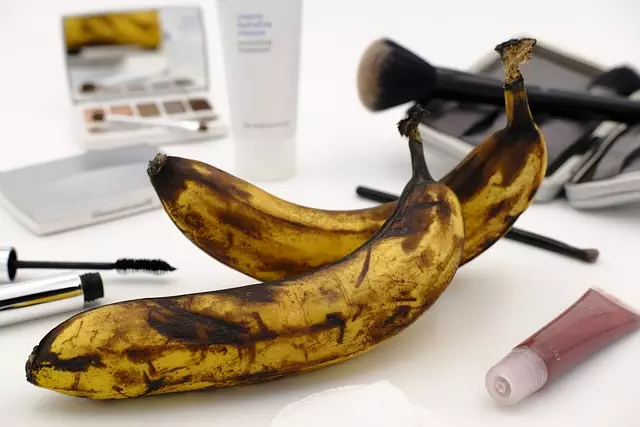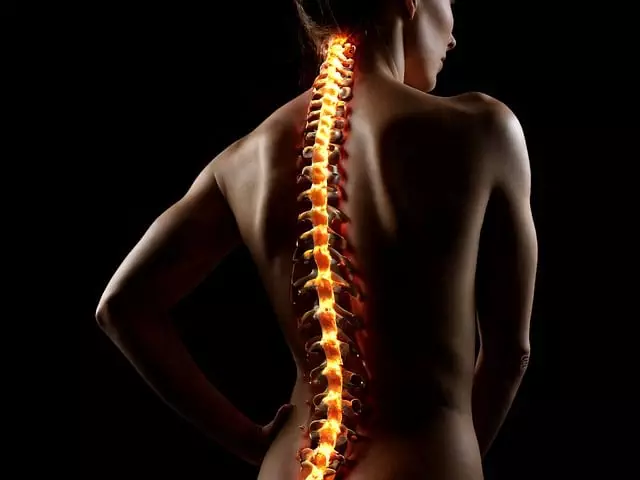Anti-aging treatments address wrinkles caused by aging skin, which loses moisture, collagen, and elasticity over time. Common types include fine lines from expressions and deeper wrinkles from sun exposure or genetics. Non-invasive procedures like Botox, dermal fillers, and IPL therapy stimulate collagen production for immediate enhancements. Topical creams with retinol, peptides, and hyaluronic acid provide long-term results. In-clinic treatments such as combination Botox and filler sessions offer optimal results. A healthy lifestyle supports these treatments' effectiveness. Future trends in anti-aging include plasma therapy, light-based devices, and personalized skincare tailored to individual needs, promising accessible, gentle, and effective solutions for achieving a youthful complexion.
Uncover the secrets to achieving smooth, youthful skin without the pain and downtime of traditional procedures. This comprehensive guide explores painless wrinkle treatments, from understanding the causes and types of wrinkles to cutting-edge non-invasive therapies gaining popularity in the anti-aging world. Discover effective topical creams and serums packed with potent ingredients, as well as clinic-based procedures designed to revitalise your skin. Learn lifestyle changes that support long-lasting results and stay ahead with future trends shaping the anti-aging landscape.
Understanding Wrinkles: Causes and Types

Wrinkles are a natural part of aging, but understanding their causes and types can help in choosing the right anti-aging treatment. They form due to a combination of factors, primarily related to the skin’s structure and elasticity. The most common types include fine lines, which are shallow and often caused by facial expressions, and deeper wrinkles or furrows that may be genetic or result from sun exposure and muscle movement.
Aging skin loses its ability to retain moisture, produce collagen, and maintain elasticity—key components for a smooth, youthful complexion. Exposure to UV rays speeds up this process, causing premature aging and increasing the risk of skin cancer. Identifying these factors is crucial when considering anti-aging treatments, which often involve hydration, stimulation of collagen production, or non-invasive procedures like Botox to relax muscle activity, temporarily smoothing out wrinkles.
The Rise of Non-Invasive Anti-Aging Treatments

The beauty industry has witnessed a significant shift towards non-invasive anti-aging treatments, offering a breath of fresh air for those seeking to combat wrinkles without the drawbacks of surgery. This growing trend reflects a modern approach to skincare, prioritizing safety, effectiveness, and minimal downtime. With technological advancements, various innovative procedures have emerged, providing promising results in reducing fine lines and wrinkles while preserving skin integrity.
Non-invasive techniques such as Botox injections, dermal fillers, and intense pulsed light (IPL) therapy have gained immense popularity due to their ability to stimulate collagen production, improve skin texture, and provide immediate yet subtle enhancements. These treatments offer a less risky alternative to surgical facelifts, appealing to individuals who desire a youthful appearance without the extensive recovery periods associated with traditional surgery.
Topical Creams and Serums: Effective Ingredients

Topical creams and serums are a popular choice for those seeking an effective yet gentle anti-aging treatment. These products are designed to penetrate the skin, delivering powerful active ingredients that target wrinkles from multiple angles. One of the key players in the fight against fine lines and wrinkles is retinol, a derivative of vitamin A. It encourages cell turnover, improves collagen production, and smooths out the appearance of existing wrinkles. Retinol-based creams are often considered a gold standard in anti-aging skincare, offering both short-term results for special occasions and long-lasting improvements for everyday use.
Another powerhouse ingredient is peptides, which act as signals to stimulate collagen synthesis. These chains of amino acids can mimic the body’s natural growth factors, enhancing skin elasticity and reducing the depth of wrinkles. Hyaluronic acid, a humectant with incredible hydrating properties, also plays a crucial role in anti-aging treatments. It attracts and retains moisture, plumping up the skin and filling in the appearance of fine lines and wrinkles from within. By combining these effective ingredients, topical creams and serums offer a comprehensive approach to achieving smoother, more youthful-looking skin without causing discomfort or irritation often associated with harsher procedures.
In-Clinic Procedures for Youthful Skin

In-clinic procedures offer a range of effective anti-aging treatments for achieving youthful skin. These non-invasive techniques are designed to target specific concerns, from fine lines and wrinkles to loss of elasticity. One popular option is Botox, which temporarily paralyzes muscles, reducing the appearance of dynamic wrinkles, especially around the eyes and mouth. Dermal fillers enhance facial contours by adding volume to hollow areas, providing immediate results that can last for months.
Laser treatments have also gained popularity as an in-clinic anti-aging solution. Fractional lasers stimulate collagen production, improve skin texture, and minimize fine lines and scars. For those seeking a more comprehensive approach, combination treatments—such as pairing Botox with fillers—can deliver optimal results. These procedures are administered by trained professionals, ensuring safety and effectiveness while providing patients with immediate gratification towards achieving their desired youthful complexion.
Lifestyle Changes for Long-Lasting Results

Adopting a healthy lifestyle can significantly enhance the effectiveness of any wrinkle treatment routine. Beyond topical applications, incorporating specific habits into your daily regimen is an effective long-term strategy for an anti-aging treatment. For instance, staying hydrated by drinking ample water not only improves skin elasticity but also aids in flushing out toxins that may accelerate aging. Adequate sleep is another critical factor; during rest, the body repairs itself, allowing the skin to regenerate and heal faster. Additionally, a balanced diet rich in antioxidants from fruits and vegetables helps protect the skin against environmental damage, a leading cause of premature wrinkles. Regular exercise also plays a vital role in maintaining skin health by improving blood circulation, which delivers essential nutrients to the skin, keeping it vibrant and supple.
Future Trends in Painless Wrinkle Management

The future of wrinkle management looks bright, with a growing focus on non-invasive and painless anti-aging treatments. One emerging trend is the use of advanced technologies like plasma therapy and light-based devices. These innovative methods offer precise targeting of skin cells while minimizing discomfort and downtime. For instance, Plasma Rich in Growth Factors (PRGF) technology harnesses the body’s own healing properties by activating stem cells to revitalize the skin.
Additionally, personalized skincare is gaining traction, with treatments tailored to individual genetic makeup and lifestyle factors. This approach leverages recent advancements in dermatology research to provide more effective and sustainable wrinkle management solutions. As consumer demand for gentle yet powerful anti-aging treatments continues to rise, these future trends promise to redefine the beauty industry, making it easier and more accessible for everyone to achieve a youthful glow.
